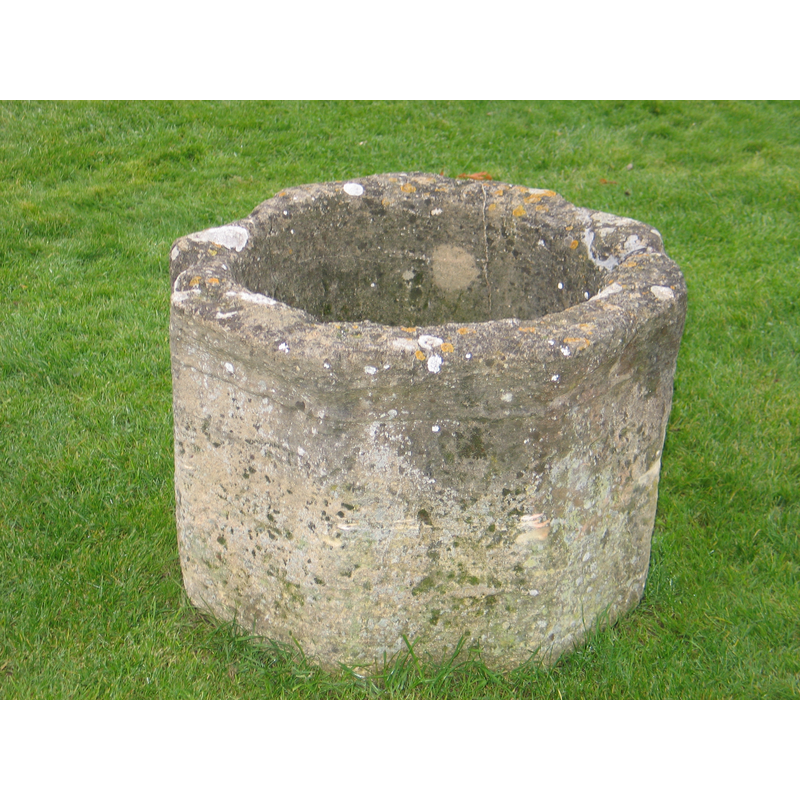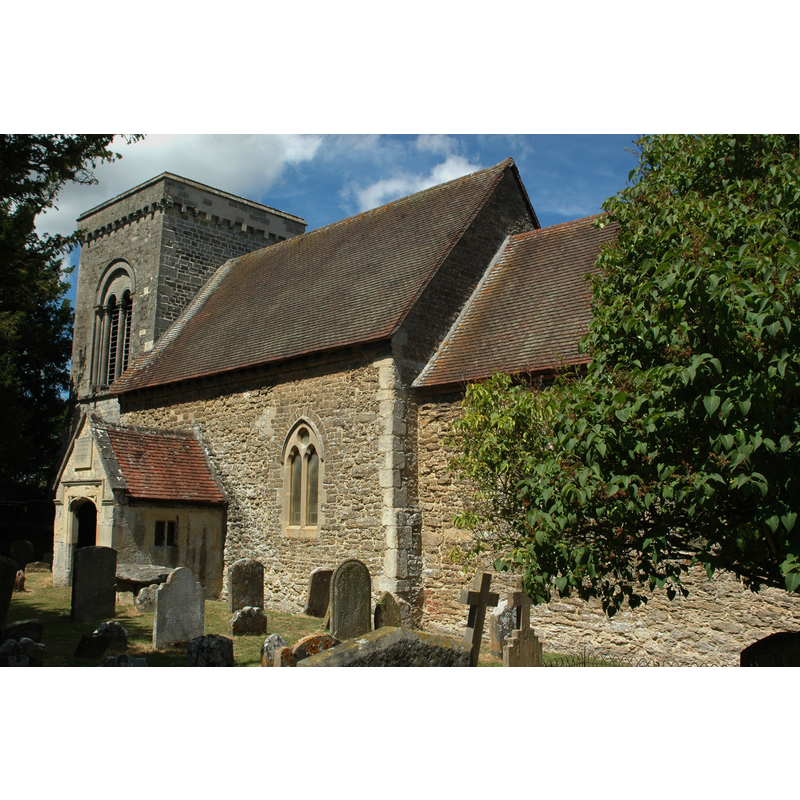Sandford-on-Thames / Sandford nr. Bullington

Results: 3 records
view of basin
view of basin - interior
view of church exterior - southeast view
INFORMATION
FontID: 06324SAN
Object Type: Baptismal Font1
Church/Chapel: Parish Church of St. Andrew
Church Patron Saints: St. Andrew
Church Location: Church Road, Sandford on Thames, Oxfordshire, OX4 4YR
Country Name: England
Location: Oxfordshire, South East
Directions to Site: Located W of the A4074, just down-river from Iffley, between Oxford and Henley
Ecclesiastic Region: Diocese of Oxford
Historical Region: Hundred of Headington [in Domesday] -- Hundred of Bullingdon
Font Location in Church: [cf. FontNotes]
Century and Period: 13th century, Early English
Font Notes:
Click to view
There are three entries for this Sandford [-on-Thames] [variant spelling] in the Domesday survey [http://opendomesday.org/place/SP5301/sandford-on-thames/] [accessed 5 December 2016], none of which mentions a church in it, but the lord of one of them in 1066 was " Blaecmann the priest", so a church here is quite likely at that period. The Guide to the Architectural Antiquities in the Neighbourhood of Oxford (1846) notes: "The Font, which is large and plain, is probably of the thirteenth century or earlier; it is lined with lead and the drain is still used" [NB: though not stated, this is probably Sandford-on-Thames]. The story of this font is told in the Sandford Church web site [www.sandfordchurch.org.uk/Portals/1/The Parish Church of St Andrew, Sandford on Thames.pdf] [accessed 21 March 2009]: "during the Commonwealth period, Oliver Cromwell’s puritan soldierscarried out another spectacular phase of destruction. John Aubrey the 17thcenturyantiquary tells us that ‘The doors are gone and the paving…the font has gone to make a trough’ What is remarkable is that the St Andrew’s mediaeval stone font survived this period of destruction.The Font. It is something of a mystery how the 13th-century font at Sandford should have survived this period. For fonts were useful articles. Broken from their bases and thrown into a corner of the churchyard, they lay there for the taking by any villager who needed a drinking trough for his cattle or a mixing-bowl for his hens. J H Parker in his ‘Guide to the Architectural Antiquities in the Neighbourhood of Oxford’ described the old font; a large plain stone font probably of the 13th century or earlier: it is lined with lead, and the drain is still used.’ This font was presumably stil lin the church during the 1840’s as it is mentioned in further editions of the samework; but at some time since then it was thrown out; presumably during the second phase of restoration. What happened to it after this no one knows for certain; but, opposite the magnificent West doorway of Iffley church stands a plain 13th century octagonal stone font-bowl, whose history is obscure; and in the middle of the new cemetery at Radley, there is a weather-worn octagonal stone font-base,corresponding in both measurements and antiquity to the Iffley bowl. This is, according to a correspondent in ‘Notes and Queries’ the base of the old Sandford font. It lay, he adds, ‘for many years in the grass by the roadside at Radley Great Wood on the other side of the Thames, used perhaps as a mounting-block for horsemen and was removed to its present position in 1935.’" Noted in the Victoria County History (Oxford, vol. 5, 1957): "There is also a bowl of a font, said to be from Sandford" [NB: this VCH text is footnoted: "E. A. Greening Lamborn, N. & Q. clxxxviii (21 April 1945), 161."] [cf. Index entry for Iffley No. 2]
COORDINATES
Church Latitude & Longitude Decimal: 51.711509, -1.22997
Church Latitude & Longitude DMS: 51° 42′ 41.43″ N, 1° 13′ 47.89″ W
UTM: 30U 622289 5730435
MEDIUM AND MEASUREMENTS
Material: stone
Font Shape: octagonal (mounted)
Basin Interior Shape: round
Basin Exterior Shape: octagonal
Drainage Notes: lead lined well
REFERENCES
Victoria County History [online], University of London, 1993-. Accessed: 2012-06-13 00:00:00. URL: https://www.british-history.ac.uk.
Oxford Society for Promoting the Study of Gothic Architecture, Guide to the Architectural Antiquities in the Neighbourhood of Oxford, A, Oxford: John Henry Parker [for the Society], 1846
![this is the basin now [2009] in the churchyard outside the west door of Iffley St. Mary's](/static-50478a99ec6f36a15d6234548c59f63da52304e5/compressed/1061111002_compressed.png)
